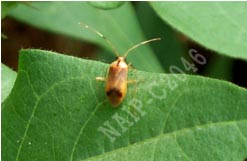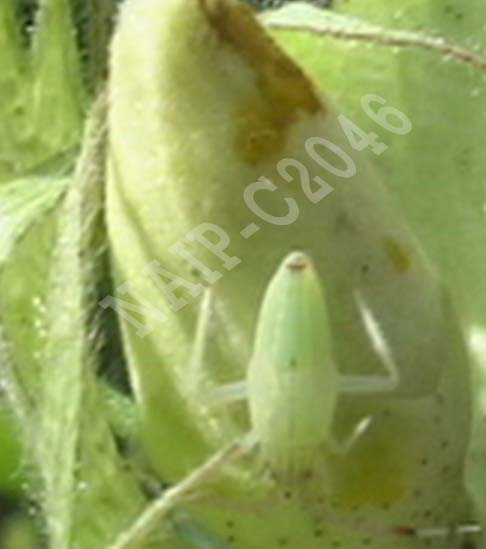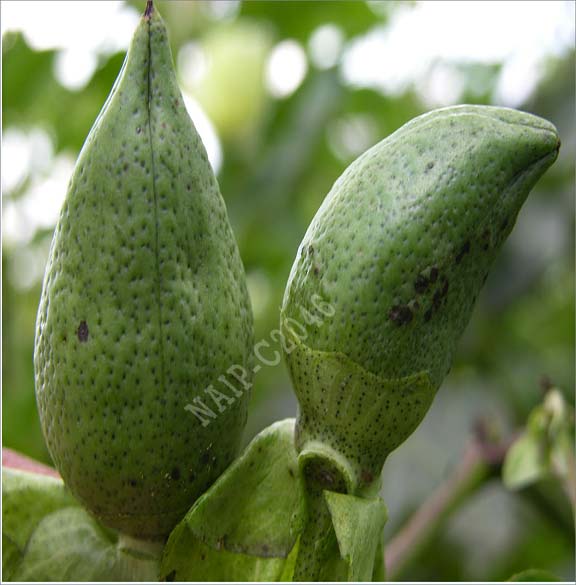
|
Mirids assumes economic significance with the advent of Bt cotton. Changed pesticide use pattern in Bt cotton mainly contributed to the flare-up of mirids. Despite their sap feeding habit, they cause significant damaged to fruiting structures leading to shedding of squares and young bolls; and deformation of mature bolls. Mirids comprising of three species viz., Crenotiades biseratens Distance, Campylomma livida Reuter, and Hyalopelpus lineifer Walker are prevalent in both sole cotton and mixed cropping systems although the dominants species may vary. The extent of yield loss on cotton due to mirid is reported between 50 and 95 kg ha-1. Cloudy weather and warm temperatures favors rapid mirid build-up within a short time frame in Australia, while high mid-season rainfall coincides with peak mirid population during flowering and fruiting stages in China. Correct species identification, appropriate sampling strategy, estimation of developmental rates and generation time; extent of natural regulation and off-season biology are crucial to understand the population dynamics and management of mirid in cotton based cropping systems.
Close (X)
Close (X)
Close (X)
|


